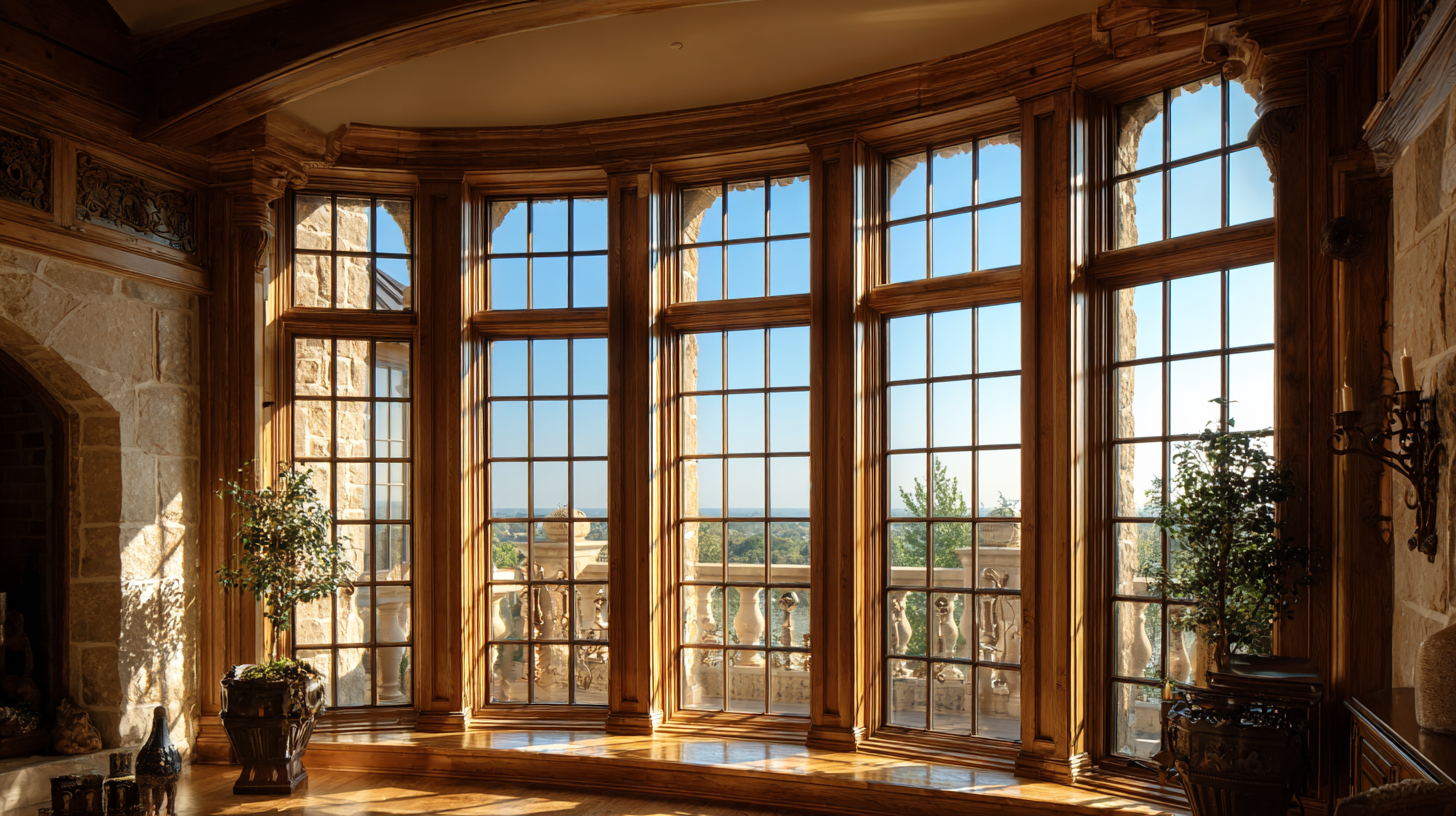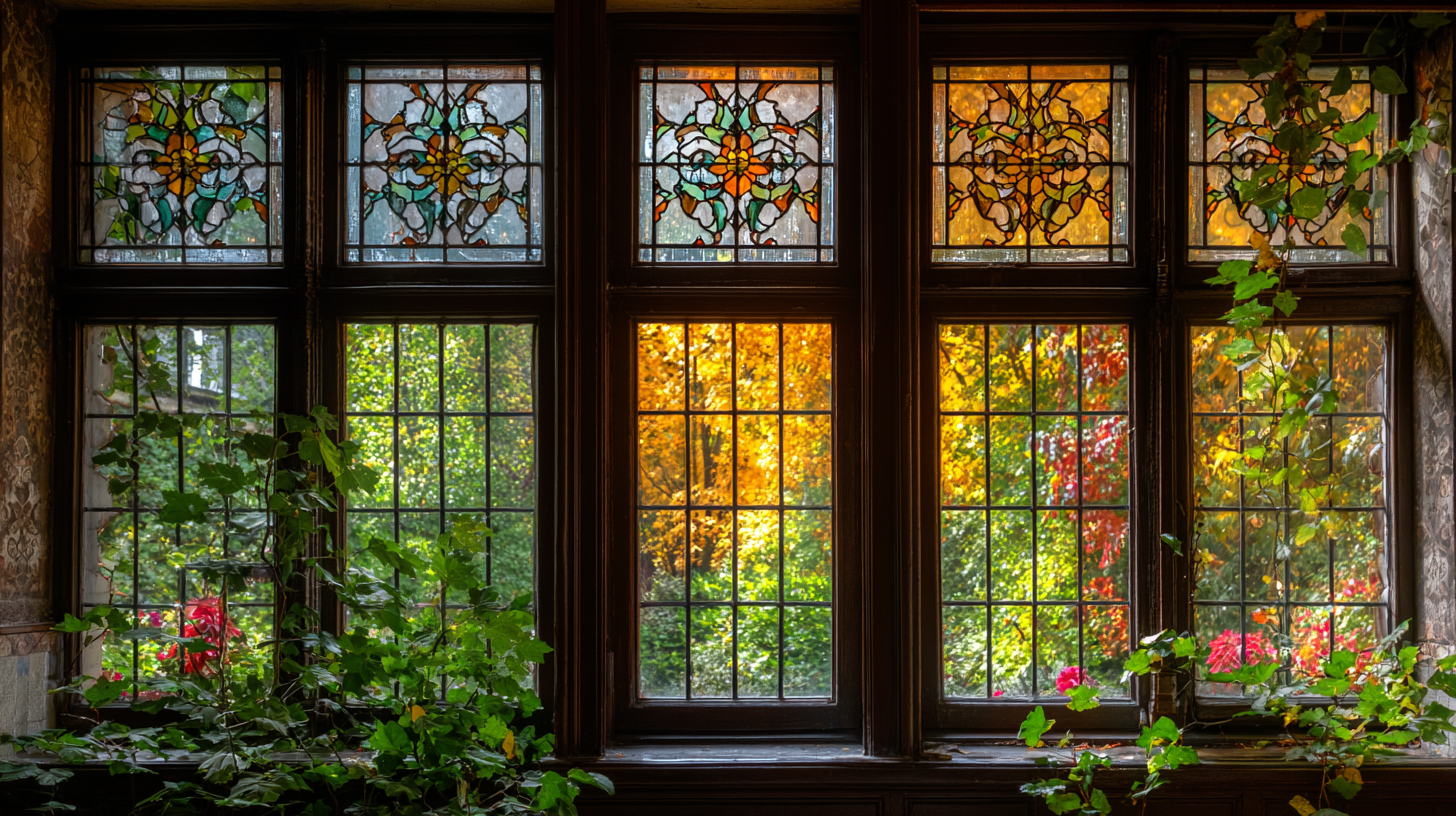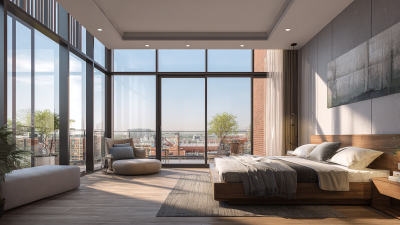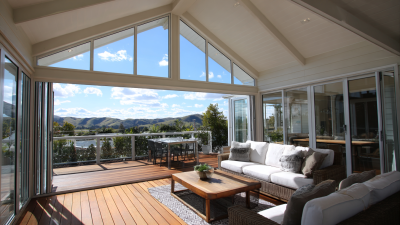The Ultimate Guide to Choosing the Perfect Window Replacements for Your Home
When it comes to enhancing your home’s energy efficiency, aesthetic appeal, and overall value, selecting the right window replacements is crucial. According to a recent report by the National Association of Realtors, 90% of home buyers consider energy-efficient windows a significant factor in their purchasing decision, highlighting the growing importance of this feature in the real estate market. Furthermore, the Efficient Windows Collaborative states that upgrading to ENERGY STAR® rated windows can reduce energy bills by up to 15%, making it not only a style choice but an economic one as well. With an array of options available, including materials, styles, and technologies, navigating the selection process can be overwhelming. This ultimate guide aims to simplify your decision-making as you explore the best window replacements tailored to your home’s needs, ensuring you achieve the perfect balance of performance and aesthetic harmony.

Understanding Window Replacement Types: A Comprehensive Overview of Options
When it comes to window replacements, understanding the variety of options available is crucial for homeowners seeking to enhance their living space. There are several types of window replacements, each with unique benefits, styles, and functionalities. According to a report by the National Association of Realtors, approximately 71% of homeowners believe that replacement windows add significant value to their property. This highlights the importance of making informed choices that align with existing architectural styles while also improving energy efficiency.

Vinyl, wood, fiberglass, and aluminum are the most common materials for window replacements. Vinyl windows, as noted by the American Architectural Manufacturers Association, have become increasingly popular due to their durability and low maintenance requirements. They provide an estimated return on investment of around 74%, making them a financially wise choice. On the other hand, wood windows offer excellent insulation and aesthetic appeal, but they typically demand more upkeep and a higher initial investment. Ultimately, the choice of window type should reflect the homeowner's preferences for style, energy efficiency, and budget, creating a functional and attractive living environment.
Evaluating Energy Efficiency Ratings: How to Choose Windows that Save You Money
When selecting window replacements for your home, evaluating energy efficiency ratings is paramount. Energy-efficient windows are typically labeled with a variety of ratings, including U-factor, Solar Heat Gain Coefficient (SHGC), and Visible Transmittance (VT). The U-factor measures the rate of heat transfer; a lower value indicates better insulation properties, helping to keep your home warm in winter and cool in summer. When choosing windows, aim for those with a U-factor that meets or exceeds the requirements of your climate zone.
Additionally, understanding the Solar Heat Gain Coefficient is crucial for mitigating unwanted heat gain from sunlight, particularly in warmer areas. A lower SHGC is preferable for regions with high temperatures, as it can contribute to lower cooling costs. Visible Transmittance, which measures how much light comes through the window, also plays a role in energy efficiency, balancing daylight with the avoidance of excessive heat. By focusing on these energy efficiency ratings when choosing window replacements, homeowners can ensure their selections not only enhance comfort and aesthetics but also lead to significant savings on energy bills over time.

The Importance of Window Frame Materials: Durability and Aesthetics Explained
When selecting window replacements for your home, the choice of frame material plays a crucial role in both durability and aesthetics. Different materials offer unique benefits; for instance, vinyl windows are known for their excellent insulation properties and low maintenance requirements. They can withstand harsh weather conditions without warping or fading, making them a practical option for homeowners seeking longevity. On the other hand, wood frames bring warmth and charm to a home, allowing for a rich variety of finishes that enhance aesthetic appeal. While more susceptible to the elements, proper sealing and regular maintenance can significantly extend the life of wooden windows.
Another popular option is fiberglass, which combines the durability of vinyl with the classic look of wood. Fiberglass frames are resistant to temperature fluctuations and do not expand or contract, offering enhanced energy efficiency. They can also be painted to match the existing style of your home, providing versatility in design. In contrast, aluminum frames, while lightweight and strong, often require thermal breaks to improve insulation. Ultimately, choosing the right window frame material involves balancing functionality with the desired visual impact, ensuring that your replacement windows complement your home’s character while standing the test of time.
Cost Considerations: Budgeting for Window Replacements with Industry Insights
When planning to replace windows in your home, budgeting is a critical aspect that can significantly affect your choices. According to the National Association of Realtors, homeowners typically spend between $300 to $1,000 per window, depending on materials, size, and installation complexity. This wide range emphasizes the importance of careful financial planning to avoid unexpected costs. Additionally, industry insights suggest that energy-efficient windows can yield long-term savings, potentially reducing electricity bills by 10-25%, depending on the climate and the current efficiency of existing windows.
Investing in quality window replacements often entails up-front costs, but these can be balanced by the return on investment they offer. The Remodeling 2023 Cost vs. Value Report indicates that homeowners recoup approximately 70% of their investment in window replacements through increased property value and energy savings. Thus, allocating your budget wisely, prioritizing energy-efficient models, and considering the long-term benefits can help you navigate this significant home improvement without financial strain.
The Ultimate Guide to Choosing the Perfect Window Replacements for Your Home - Cost Considerations
| Window Type | Average Cost per Window ($) | Energy Efficiency Rating | Lifespan (Years) | Maintenance Level |
|---|---|---|---|---|
| Vinyl Windows | 300 | A | 20 | Low |
| Wood Windows | 500 | B | 30 | Medium |
| Aluminum Windows | 400 | C | 25 | High |
| Fiberglass Windows | 800 | A+ | 40 | Low |
| Composite Windows | 600 | A | 35 | Medium |
Installation Factors: Choosing the Right Professionals for a Flawless Finish
When it comes to replacing windows in your home, choosing the right professionals for the installation process is crucial to achieving a flawless finish. According to the Window and Door Manufacturers Association (WDMA), improper installation can lead to significant energy loss, with up to 30% of a home’s heating and cooling costs attributed to poor window performance. Thus, selecting skilled installers not only preserves your investment but also enhances energy efficiency.
Research suggests that hiring experienced professionals can result in up to 60% increased operational efficiency in window performance. In addition, the National Association of Home Builders (NAHB) indicates that professional installation can improve the lifespan of your windows by over 15%, ensuring that you enjoy their benefits for years to come. A reliable contractor will also stay updated on best practices and local building codes, reducing the risk of future problems and ensuring compliance. Therefore, investing time in vetting installers can yield substantial dividends in comfort and savings.
The Ultimate Guide to Choosing the Perfect Window Replacements for Your Home
Installation Factors: Choosing the Right Professionals for a Flawless Finish
Related Posts
-

Exploring the Future of Window Replacements at the 138th Canton Fair in 2025 Insights and Trends
-

5 Essential Tips for Choosing the Right Window Replacements for Your Home
-

5 Expert Tips for Windows and Doors Installation to Boost Energy Efficiency by 30 Percent
-

Top Signs It's Time for Home Windows Replacement: A Homeowner's Guide
-

7 Essential Features to Look for in the Best Residential Windows
-

How to Choose the Perfect Exterior Windows for Your Home
